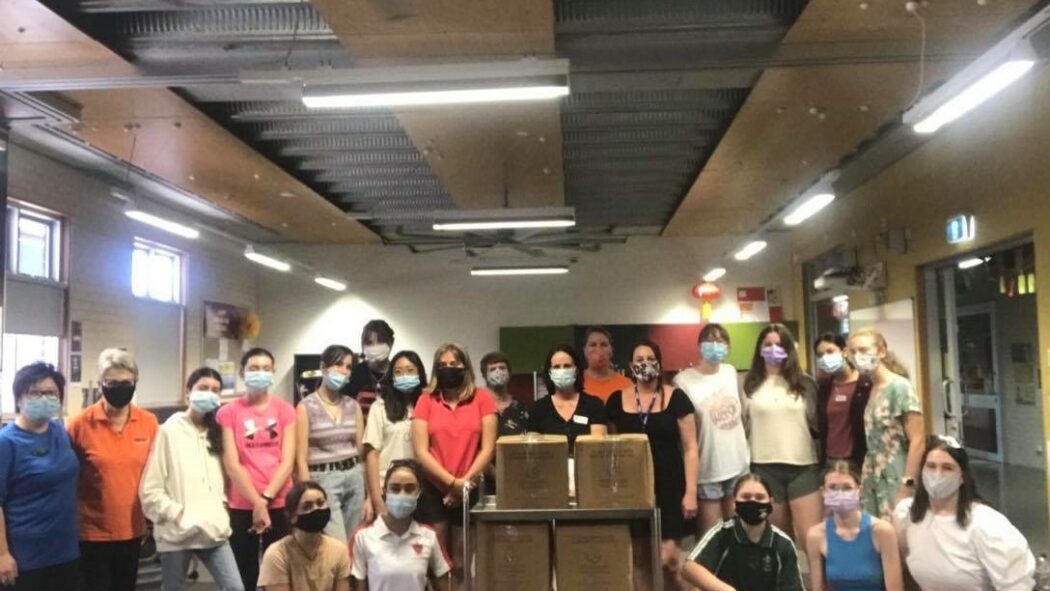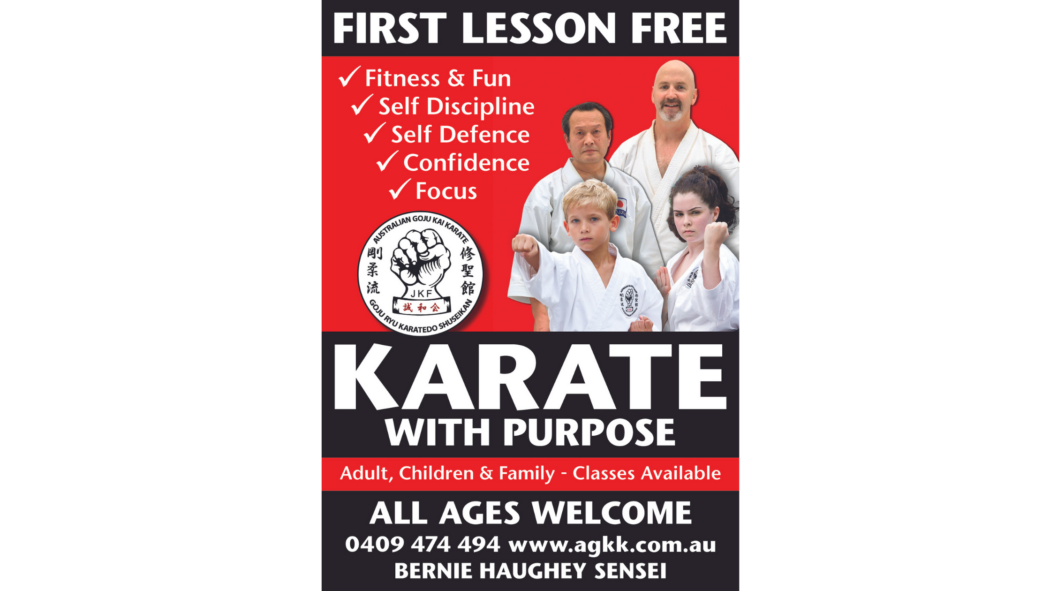SCIENCE-BACKED OR OLD-SCHOOL? WELLBEING PRACTICES THAT WORK
by Michael Grose
Modern science now supports a range of wellbeing measures that our parents intuitively knew were good for kids.
It’s good to know that many of the wellbeing strategies encouraged by parents and teachers of past generations have been shown through modern neuroscience research to be correct. Here are few well-known strategies that have been proven to be on the mark.
“Go outside and play”
This common parental phrase, at times, uttered from sheer frustration is the best wellbeing strategy of all. It’s short for “go to the backyard, park or a natural environment and get some fresh air into your lungs by running around and playing. And make sure you have some fun, preferably with your brothers and sisters or some friends.”
Science now supports the fact that spending time outside in natural environments relieves stress, promotes relaxation and reduces anxiety levels. The human brain was designed to cope with outdoor living, so it feels most comfortable in that environment.
The therapeutic qualities of play releases feel-good endorphins, rids the body of stress-producing cortisol and enhances mood and wellbeing. Our mothers didn’t need the scientific evidence available today to tell them that playing outside was good for kids. It was even better if they played with others.
“Eat your greens”
Parents of past generations who nagged children to eat all their vegetables probably didn’t realise that there’s a strong connection between good gut health and mental health. They knew deep down that ‘real’ food such as fruit, vegetables and eggs rather than processed food, was good for kids. With 90% of the serotonin needed for optimum mental health being produced in the gut, a healthy diet is essential to reduce anxiety and boost wellbeing.
“Don’t sleep all day”
The advances in sleep science in recent years have been astonishing, with accepted methods frequently being replaced by new evidence-based methods. It was once thought that the body’s sleep clock had a continuous rhythm, adjusting itself gradually to the change of seasons. Recent evidence shows that the sleep clock resets itself every day when the body is exposed to sunlight. My mum knew what she was doing when she’d throw back the curtains to let the sunshine when I (as a teenager), wanted to laze the day away in bed. Regularity as well as routine are the new buzzwords in sleep hygiene, but my mother, like many women of her generation knew that sleeping the day away was no way to live a healthy life.
“Take a big breath when you’re nervous”
Past generations knew what it’s like to be nervous before giving a speech, meeting a loved one’s parents for the first time or taking a driving test. ‘Take a few big breaths and everything will be fine’ was the type of advice dispensed in the past. Neuroscience findings inform us that belly breathing activates the para-sympathetic nervous system which instantly calms us down. Next time a child feels anxious invite them to take some big belly breaths to regain some calm and rid themselves of anxious feelings.
“Everything in moderation”
As parents and teachers grapple with the lure of new digital technologies on children and young people, it’s smart to go with this old saying. Just as our parents knew that eating too many apples would cause a stomach-ache, too much time spent in front of a digital device has adverse effects as well. Apart from the opportunity cost of hours spent in front of a digital device that could have been used in other ways, too much of anything is never a smart idea whether it’s food, work or time spent playing video games.
Modern neuroscience is an ever-changing field continuously updating information about the way our brains and bodies work together. It’s good to know that many of the methods our parents and teachers used to make sure we stayed healthy and well stand the test of time and the rigours of science as well.
HELPFUL CONTACTS
 Dr Paul Browning
Dr Paul Browning



 Mr Nigel Grant
Mr Nigel Grant








